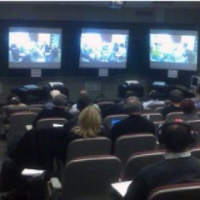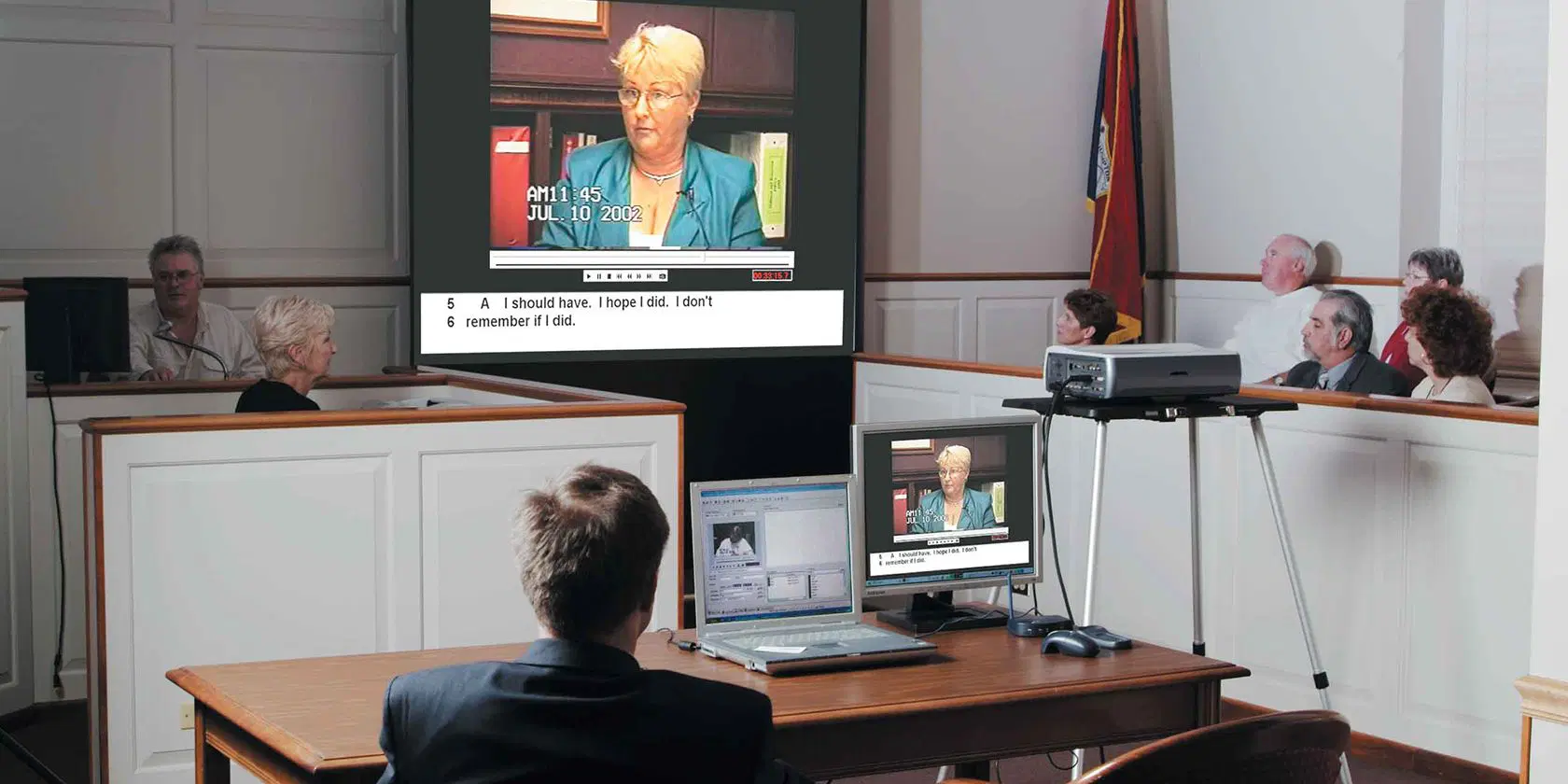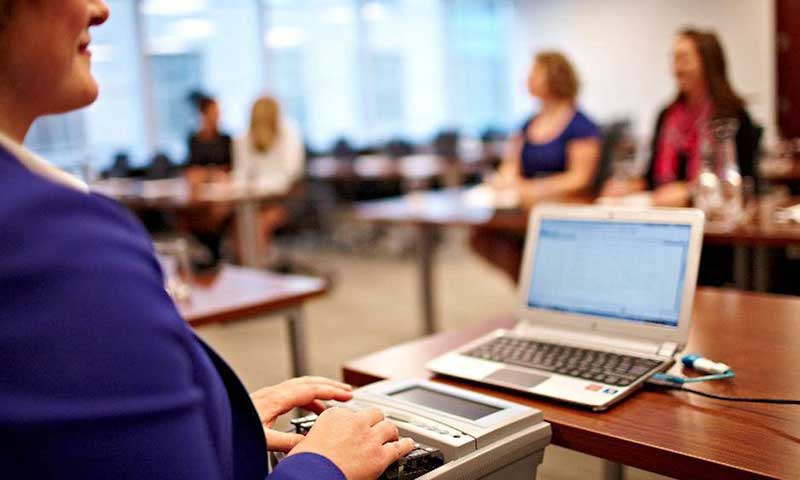Astound the Jury: Essential Components of a Powerful Test Discussion
In the world of lawful advocacy, the capacity to captivate a court is extremely important to the outcome of a test (trial presentation). Necessary aspects such as comprehending the audience, crafting a compelling narrative, and grasping spoken and non-verbal communication are crucial components of an effective discussion. Additionally, the critical use of aesthetic help can substantially enhance comprehension and retention of crucial arguments. As these variables link, they create a natural technique that not only educates but also involves jurors on multiple levels. What certain methods can truly transform a common discussion into an unforgettable experience for the jury?

Understanding Your Audience
Recognizing your target market is a crucial aspect of reliable trial presentation. An effective presentation rests on the capability to comprehend the demographics, worths, and tendencies of jurors. This understanding informs just how debates are mounted, proof exists, and emotional appeals are crafted, guaranteeing that the message reverberates with the jurors on a personal degree.
Research study shows that jurors originated from varied backgrounds and might have differing degrees of comprehending concerning legal process (trial presentation). Therefore, it is vital to prevent legal jargon that could alienate or perplex them. Instead, using clear, relatable language cultivates involvement and understanding. Additionally, comprehending the jurors' potential prejudices and life experiences enables the test speaker to prepare for objections and address concerns proactively.
Effective trial presentation also includes observing jurors' responses throughout the proceedings. Being attuned to non-verbal cues can give insight right into their involvement and receptivity, enabling for real-time modifications in strategy. Inevitably, an extensive understanding of the target market not just boosts interaction however also develops relationship, increasing the chance of a positive end result. Engaging with jurors as people instead of a collective unit is essential in fostering a solid connection in the courtroom.

Crafting an Engaging Narrative
Crafting an engaging story is essential in guiding jurors with the intricacies of a case. A well-structured story not only simplifies complex lawful principles but likewise engages jurors on a psychological level, making the info much more relatable and unforgettable.
To attain this, lawyers ought to begin by determining the core message they desire to convey. This message must resonate with the jurors' worths and experiences, promoting a link that goes beyond mere facts. The story must unfold logically, presenting occasions in a clear sequence to prevent confusion. This sequential strategy can aid jurors adhere to the development of events, stressing reason and impact.
Integrating human components-- such as personal tales or stories-- can even more improve the narrative's influence. These aspects stimulate compassion, permitting jurors to picture the effects of the situation on the real worlds. In addition, employing a constant motif throughout the presentation enhances the main argument, making it simpler for jurors to maintain vital points.
Eventually, an engaging narrative changes a test discussion from a plain recounting of realities into an influential tale that captivates the jury, motivating them to mull over with both reason and feeling.
Utilizing Aesthetic Aids
Including Read More Here aesthetic help into a trial discussion can substantially enhance jurors' understanding and retention of information. Aesthetic materials such as graphes, layouts, pictures, and videos can change intricate legal principles and proof into easily absorbable formats. By involving numerous detects, these aids permit jurors to envision the situation's key components, making it less complicated for them to adhere to along and comprehend intricate information.
Furthermore, well-designed visual aids can stress important factors and highlight relationships this link in between various pieces of evidence. As an example, timelines can effectively show the sequence of occasions, while annotated images can make clear particular details relevant to the situation. This not just help in understanding however likewise strengthens the story provided by the attorney.
Excessively complex or chaotic visuals may overwhelm jurors and take away from the message. Ultimately, effective aesthetic communication can be a powerful device in persuading jurors and assisting them get to notified conclusions.
Grasping Verbal Interaction
Efficient spoken communication is important in a test discussion, as it serves as the main methods through which attorneys convey their debates and connect with jurors. Simpleness in language promotes understanding and aids jurors comprehend complex problems provided during the trial.
Moreover, tone and pacing considerably effect how messages are received. A confident tone communicates authority, while ideal pacing enables jurors to absorb info without really feeling bewildered. Lawyers should also vary their singing inflections to highlight vital points and maintain jurors' passion throughout the discussion.
Furthermore, the organization of spoken arguments is necessary. Structuring the narrative logically and coherently helps jurors follow the lawyer's logic, making it simpler for them to retain vital info. Utilizing influential techniques, such as storytelling, can likewise improve the psychological resonance of the disagreements provided, thus producing a more profound link with jurors.
Eventually, understanding spoken communication not only enhances an attorney's instance yet also fosters trust fund and relationship with the court, substantially improving the opportunities of a positive decision.

Engaging With Body Language
Nonverbal communication plays an important duty in trial presentations, usually conveying messages that words alone can not share. Body language, encompassing gestures, posture, faces, and eye contact, dramatically affects just how jurors perceive the credibility and sincerity of the presenter. A positive stance, with shoulders back and an open position, can impart depend on, while closed-off body visit language might suggest defensiveness or uncertainty.

Faces need to show the feelings related to the case, enhancing the story existing. A genuine expression throughout an emotional moment can evoke compassion and enhance the emotional appeal. Eventually, understanding body movement is important for reliable test discussions, as it improves verbal communication and develops an engaging existence that resonates with the court.
Verdict
Finally, astounding the jury demands a critical technique that encompasses comprehending the target market, crafting a compelling story, utilizing aesthetic aids, understanding spoken communication, and involving with body movement. Each aspect plays an essential function in developing a powerful trial discussion that resonates with jurors on both emotional and intellectual levels (trial presentation). By incorporating these elements efficiently, attorneys can considerably boost their ability to convince and affect court decision-making